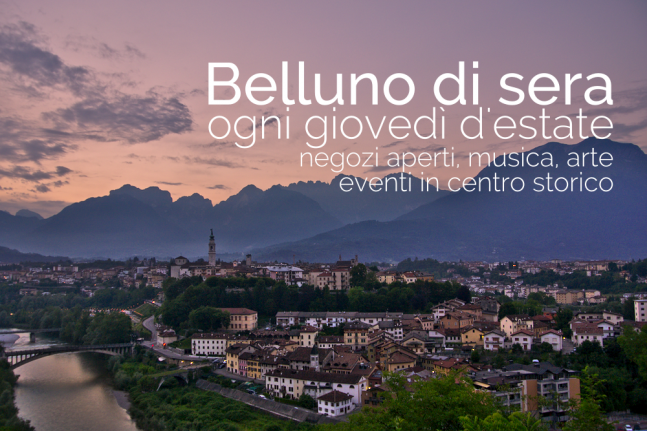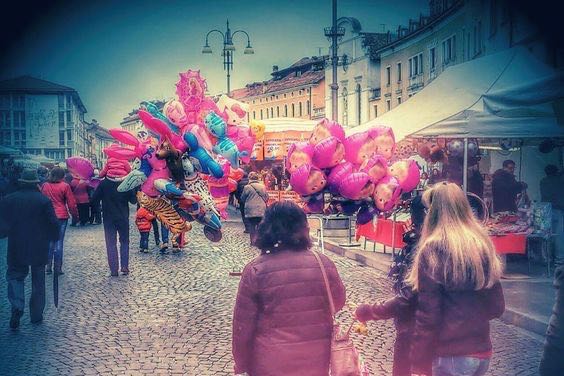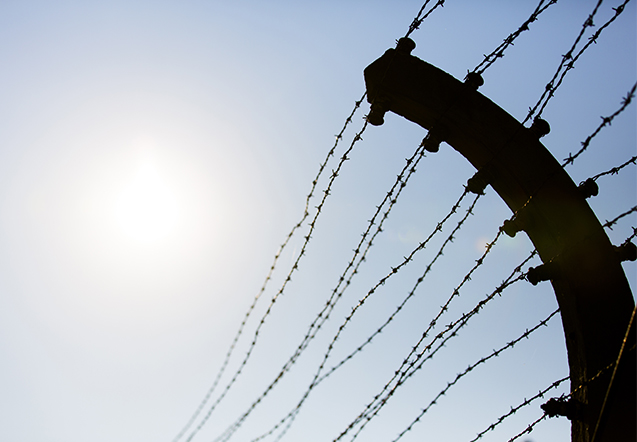A villa that tells the story of heroic knights, moments of true magnificence of the story of Belluno, the very difficult period of Austrian-German invasion and that today hosts cultural and sport events.
All of the Bellunesi know where Villa Montalban is, a bit because it is one of the architectural treasures of Belluno, but also because it is often the theater for big parties that bring together many people, as well as cultural activities and sports events.
Today we want to tell you the history of this isolated villa that sits on a flat terrain and behind which, like a boundless and dark scenery, rises the steep and wooded southern face of Mount Serva.
We do not know the exact date of the construction of the villa, nor who was the architect of the project. Over the years various theories have been created to answer this question, nevertheless the opinion most shared is that it was built in the first half of the 1600s.
However what is certain is that the compound was commissioned by the famous Fulcis family, one of the richest and most powerful of Belluno, who over centuries built various buildings in the historical center of Belluno and other villas in the countryside. Do you know why the Fulcis family was so rich? Thanks to military activity. Many members of this family, in fact, were Jerusalem knights active in the wars against the Turks, which could guarantee the Fulcis family would have had numerous and influential friendships even outside of the Bellunese region.
Of the Fulcis family we said: but then why is it called Villa Montalban? We will explain right away. After the death of the last descendant of the Fulcis family, Fulcio Fulcis, which actually happened at the villa, the property of the estate was passed to the grandson Damiano Miari, prior to the use of the double surname Miari-Fulcis; a few years later however, by way of marriage, he was succeeded by the Montalban counts. The mystery is solved! Even if it is to say that the full name of the villa would be Fulcis-Montalban, however it is known to all by only its second name.
But let’s get back to the features of the villa. You must know that at the height of its splendor this Bellunese pearl controlled a vast agricultural property: take note that the land extended from the village of Sargnano until Andreane, and from the slopes of the Serva to as far as the Piave river. Today the property of the villa is notably reduced and includes “only” 7 hectares; furthermore the land surrounding the villa no longer conserves the original statues and fountains.
Really, because the land in front of the villa was certainly not as we see it today. Try to imagine how it must have been arriving in front of a carriage in the golden age: before the eyes of the visitor is revealed a long street with gates, picturesquely lined up with the southern edge of the villa, that open to a suggestive path that ends in the courtyard, turning around the fountain and then going down in front of the portico of the entrance. It is not by chance that Villa Montalban is considered “perhaps the best example of typical monuments built in the Bellunese valley” (Alpago Novello), and this is for two reasons: to demonstrate the wealth of the family, but also to celebrate their military victories.
The structure, externally simple and linear, on the inside once guarded precious decorations that today are mostly lost.
On the facade of the villa are two large painted crests that show the broad-winged eagle of the Fulcis with the star of the Knights of Malta, the claws at an enemy. All around military trophies, canons and flags. Below each of these crests is a sundial.
Villa Montalban during World War I, however, and in particular during the Austro-German invasion of 1917-1918, was seriously damaged and thus abandoned, becoming subject to vandalism until the 1930s.
Later on the villa was acquired by the Pontifica Opera di Assistenza that transformed it for community use; in 1958 there was significant restoration work and finally in 1976 the entire estate was acquired by the City of Belluno. In recent years it has been home to a professional school, sports clubs and cultural events.
A quirk: the villa hosted the marshal Massena in 1799, the viceroy Eugenio Napoleon in 1809, Victor Emmanuel III and Elena of Savoy in 1903.
Info: Istituto Regionale per le Ville Venete (1998), Ville Venete – Itinerari fra Veneto e Friuli, Venezia, Marsilio Editori
[googlemaps https://www.google.com/maps/embed?pb=!1m18!1m12!1m3!1d2765.9831077060917!2d12.14593191557926!3d46.11124357911394!2m3!1f0!2f0!3f0!3m2!1i1024!2i768!4f13.1!3m3!1m2!1s0x477901490077c7fb%3A0x75adc6d34920a9de!2sVilla+Fulcis!5e0!3m2!1sit!2sit!4v1461766278211&w=100%&h=500]









